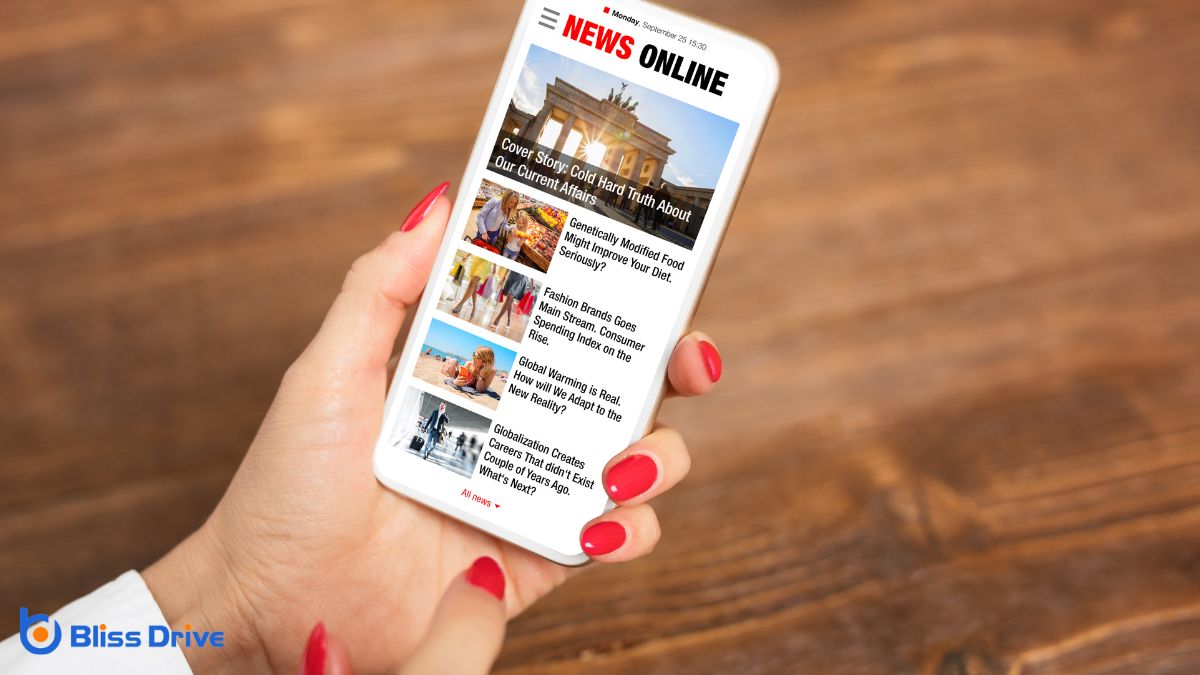Learn More About Us

For crafting mobile-friendly content, you'll want to keep it concise. Aim for around 300-400 words, as this length balances brevity with substance for users who are often on the go. Focus on clear, compelling headlines, short paragraphs, and bullet points to facilitate quick understanding. Remember, quick engagementThe interactions that users have with a brand’s content on social media. is key, given shorter attention spans. If you explore further, you might reveal tips for enhancing the mobile user experience.

When it comes to crafting mobile-friendly content, understanding mobile user behavior is essential. You need to remember that mobile users are often on the go and easily distracted. They’re not sitting down for a leisurely read; they’re quickly skimming through information.
Speed is critical, so make sure your content loads fast and is easily navigable. Mobile users prefer content that's accessible with minimal scrolling and taps. Their attention spans are shorter, demanding immediate engagement.
Make certain your headlines are compelling, and your key points are upfront. Don't forget about the importance of visuals; images should be clear and enhance the message without slowing down the experience.
Although mobile users are constantly in a hurry, brevity in your content is essential to capturing their attention. You need to get your message across quickly without sacrificing clarity.
Mobile screens are small, and users often skim rather than read in detail. This means you must prioritize the most critical information, ensuring it's both easy to find and digest.
Start by crafting concise sentences that convey your main points swiftly. Avoid unnecessary jargon or complex language that could confuse or slow down the reader.
Use headings, bullet points, and short paragraphs to break up text, making it more accessible. Remember, every word counts on mobile.
Crafting the ideal length for mobile-friendly content depends on several key factors.
First, consider your audience's preferences and habits. Are they skimming for quick info or seeking in-depth analysis? Understanding their needs helps tailor your content effectively.
Next, think about the platform. Different platforms may have varied character limits or formats, influencing how long your content should be.
Additionally, the type of content you’re creating plays a role. A news article might demand brevity, while a how-to guide could require more detail.
Also, consider the purpose. Is your goal to inform, entertain, or persuade? Each goal might necessitate a different approach to length.
Finally, keep in mind SEO requirements, as search engines often favor well-structured, relevant content.
Creating content that’s both in-depth and concise can feel like a balancing act. You want to dive deep enough to provide value and insight, but you also need to respect your readers' limited time on mobile devices.
Start by identifying the core message you want to convey. Focus on the essential details and avoid unnecessary jargon. Use clear, direct language to get your point across quickly.
Break up large chunks of text into digestible pieces, making it easier for your audience to scan and absorb. Remember, it’s not about cramming every detail into a small space—it’s about delivering quality information efficiently.
Your headlines are the first thing readers notice, so make them intriguing to spark interest immediately.
Effective subheadings guide your audience through the content smoothly, enhancing readability and keeping them engaged.
Don’t forget to sprinkle in relevant keywordsWords or phrases that users type into search engines to find information. to boost engagement and guarantee your content ranks well in search results.
Your title should be concise yet powerful, ideally between 6 and 8 words.
This length is ideal for mobile screens and can be easily read at a glance.
Remember, your title is the first impressionWhen an ad is displayed on a user’s screen., so make it count.
With a compelling title, you increase the chances of your content being clicked and read.
While an engaging title draws readers in, well-crafted subheadings guide them through your content with ease. Subheadings break up text, making it digestible for mobile users who skim rather than read. They act as road signs, leading readers from one point to the next without losing their interest.
When crafting subheadings, focus on clarity and relevance to keep your audience engaged and informed.
Consider these emotional impacts that subheadings can have:
Incorporating strategic keywords into your headlines and subheadings can greatly enhance engagement, driving more attention to your content. When you use relevant keywords, you help your readers quickly understand what the article is about, making it easier for them to decide if it meets their needs. This clarity encourages readers to dive deeper into your content.
Search engines also love keywords. Well-placed keywords can boost your content’s visibility, ensuring it reaches a wider audience.
Crafting headlines that include keywords doesn’t mean you sacrifice creativity. You can still be catchy while staying relevant. For instance, if writing about mobile-friendly content, use phrases like “Mobile-Optimized Tips” or “Smartphone-Savvy Strategies.”
To truly capture your audience's attention, leveraging visuals can greatly boost the clarity and appeal of your mobile content. Incorporating visuals not only breaks up text but also helps convey your message more effectively.
People process images faster than text, making them an essential tool for enhancing understanding. By using relevant images, infographicsVisual representations of information, data, or knowledge intended to present complex information qu..., or videos, you can guarantee your message resonates with your audience.
Here are some benefits of using visuals:
Incorporate visuals wisely to enrich your content's impact.
Effective use of visuals can greatly enhance your content, but understanding how your audience interacts with this content is equally important.
To test and analyze reader engagement, start by using analytics toolsSoftware used to track and analyze website performance, user behavior, and marketing efforts. to track metrics like scroll depthA metric that measures how far down a webpage users scroll, indicating content engagement., time on page, and bounce rateThe percentage of visitors who leave a website after viewing only one page.. These insights reveal if your audience is truly engaging with your content or if they’re quickly moving on.
Conduct A/B testingA method of comparing two versions of a web page or app against each other to determine which one pe... to determine which elements, such as headlines or visuals, capture more attention. Encourage feedback directly from your readers through surveys or comments. This valuable input can highlight areas for improvement.
Regularly reviewing this data helps you refine your content, ensuring it remains engaging and relevant to your audience. Remember, continuous analysis leads to better results.
When creating content for mobile platforms, it’s important to recognize that not all devices display content the same way. Screen sizes, resolutions, and operating systems vary, impacting how your message is perceived. You need to tailor your content so it feels engaging on any device.
Consider how images, text, and interactive elementsElements that require user interaction, such as buttons, forms, and sliders. adapt across platforms. Remember, the goal is to connect with your audience, no matter what they're using. Here’s why adapting your content is vital:

Although mobile devices have smaller screens, maintaining readability doesn't have to be a challenge. Start by using short paragraphs and bullet points to break up the text. This makes content easier to scan and digest.
Choose a legible font size, typically 16 pixels, so readers don't need to zoom in. It's essential to use a simple, clean font style to enhance clarity. Keep sentences concise and direct; aim for an average of 15-20 words per sentence.
Be mindful of the contrast between text and background to guarantee visibility. Light backgrounds with dark text often work best. Avoid cramming too much information into one page.
White space is your friend, as it prevents visual clutter. Test your content on various devices to confirm it looks great everywhere.
To make your content mobile-friendly, focus on understanding your audience’s behavior and prioritizing brevity. Balance depth with conciseness, and create engaging headlines and subheadings to capture attention. Use visuals to enhance comprehension and keep testing for engagement. Adapt your content for different mobile platforms and guarantee readability remains intact. By mastering these strategies, you’ll deliver content that resonates with users on the go, making their experience both enjoyable and informative.
